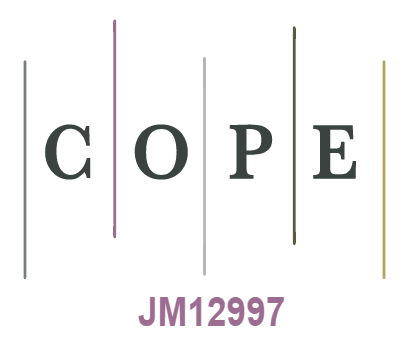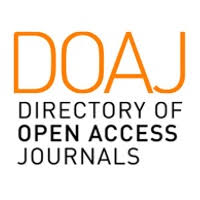Corrections Practice in the Croatian Online Media: Between Legislation and Tradition
Abstract
Economic, technological and societal trends have switched the
model of (online) journalism so that it is focused on the
immediacy and volume that has resulted in a lower level of
accuracy. To retain a critical function in a democracy, that model
needs a corresponding error correction practice. In this study, we
used content analysis to investigate how the Croatian online
media correct errors, and how their correction practices differ
according to the types of online media. The results demonstrate
that errors in action or meaning (N = 217) were 67.8% of all
errors, that the most common way of correcting errors was by
posting an independent note about an error that was linked to
the article (59%, N = 188), and that the correction notes were
linked to uncorrected articles in 85.1% (N = 159) of cases. The
findings showed that the only statistically significant difference
between traditional and online media were the correction
labelling practice and the location of the corrections.
Keywords
Full Text:
PDFViewing Statistics
- Abstract - 193
- PDF - 126
Copyright (c) 2022 Mato Brautovic

This work is licensed under a Creative Commons Attribution-NonCommercial 4.0 International License.
Međunarodna licenca/ International License:
Imenovanje-Nekomercijalno/Attribution-NonCommercial
Pogledajte licencu/View license deeds
Print ISSN 1330-0288 | Online ISSN 1848-6096



